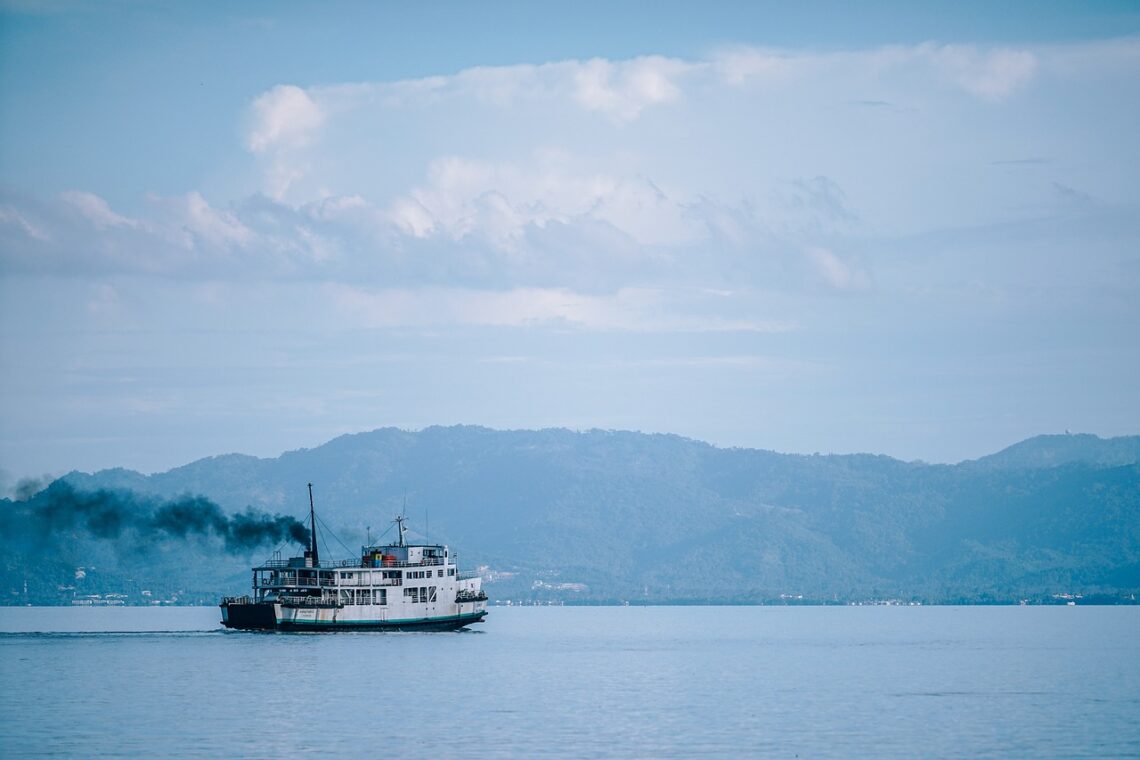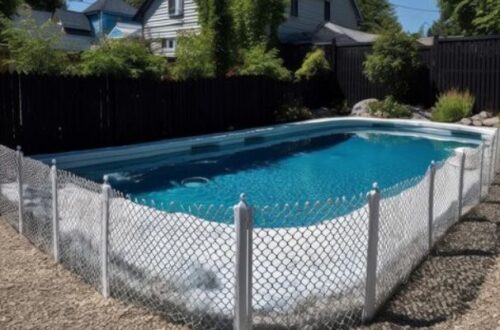The bow is one of the most crucial parts of any ship. Located at the front, it significantly affects how the vessel cuts through water, affecting its speed, stability, and overall performance. While it may seem like just the tip of the ship, the design and function of the bow have evolved over centuries to improve the efficiency and safety of maritime travel. Let’s explore the ship bow key features, its purpose, and the different types of bow designs used in modern ships.
The Function of the Bow
The primary function of the bow is to minimize water resistance as the ship moves forward. When a ship is in motion, it encounters various forces, including the water’s resistance, wind, and waves. A well-designed bow helps reduce the impact of these forces, allowing the ship to move more efficiently.
Key roles of the bow include:
- Reducing Drag: As the ship slices through water, the shape of the bow determines how much drag (resistance) it encounters. A streamlined bow reduces this drag, allowing the ship to maintain higher speeds with less fuel consumption.
- Stability in Rough Waters: The bow is crucial in ensuring that the ship remains stable, especially when encountering large waves. Certain bow designs are made to cut through waves, preventing the vessel from pitching and rolling excessively.
- Directing Water Flow: The bow directs the flow of water around the hull of the ship, ensuring that the water moves smoothly along the sides, reducing turbulence and improving fuel efficiency.
Types of Bow Designs
Over time, naval architects have developed various bow designs, each serving a specific purpose depending on the type of vessel and its intended operation.
- Bulbous Bow: One of the most common designs used in modern ships, the bulbous bow has a rounded protrusion just below the waterline. This shape helps to reduce wave resistance by altering the water flow, leading to improved fuel efficiency and higher speeds. You’ll typically find this design on large commercial vessels like tankers and container ships.
- Clipper Bow: Known for its sleek, upward curve, the clipper bow is designed to cut through waves, providing greater speed and agility. This design is commonly found on smaller, fast-moving vessels such as yachts or older sailing ships.
- X-Bow: A relatively new design, the X-Bow is inverted compared to traditional bows. Instead of cutting through waves, the X-Bow allows the ship to glide over them, reducing the impact of rough seas and improving stability. This design is especially useful for vessels operating in challenging conditions, such as offshore supply ships.
- Ramming Bow: Historically, ramming bows were used in ancient warships, designed to damage or sink enemy vessels by striking them head-on. While no longer used in modern naval warfare, the concept of a strong, reinforced bow is still important for icebreakers and military vessels operating in harsh environments.
- Wave-Piercing Bow: This design focuses on minimizing vertical motion in high seas. Wave-piercing bows, found on some catamarans and trimarans, allow the ship to slice through waves instead of riding over them, resulting in a smoother and faster ride.
Key Considerations in Bow Design
Designing the bow of a ship is a complex process, involving various considerations depending on the ship’s intended use. Some of these considerations include:
- Speed vs. Stability: A streamlined bow reduces drag and increases speed, but it may not provide the best stability in rough seas. On the other hand, bows designed for stability may cause more resistance, lowering the ship’s top speed.
- Wave Conditions: Ships operating in different regions face different wave conditions. For example, vessels in the open ocean face larger waves compared to ships that travel along the coast. The bow design must account for these environmental factors to ensure optimal performance.
- Icebreaking Capabilities: Icebreakers or ships operating in polar regions have reinforced bows that can break through ice sheets. These bows are strong and designed to withstand the extreme force of impact, allowing the ship to navigate safely through icy waters.
The Bow’s Role in Modern Shipbuilding
In modern shipbuilding, the design of the bow is a crucial element in maximizing efficiency, safety, and environmental performance. With the growing importance of sustainability, reducing fuel consumption and emissions has become a priority. Bow designs, such as the bulbous bow, contribute significantly to these goals by lowering fuel usage and increasing speed.
Technological advancements like computational fluid dynamics (CFD) simulations now allow engineers to test bow designs virtually before building, ensuring that ships are as efficient as possible before hitting the water.
Conclusion
The bow may seem like a simple part of a ship, but its design and function have far-reaching impacts on how efficiently and safely the vessel operates. From reducing drag and improving stability to cutting through waves and breaking ice, the bow plays a central role in modern maritime travel. With ongoing innovations in naval architecture, bow designs will continue to evolve, leading to more efficient and environmentally friendly ships in the future. Whether you’re sailing on a luxury yacht or a massive cargo ship, the bow is your gateway to smooth, safe, and efficient navigation on the open seas.





